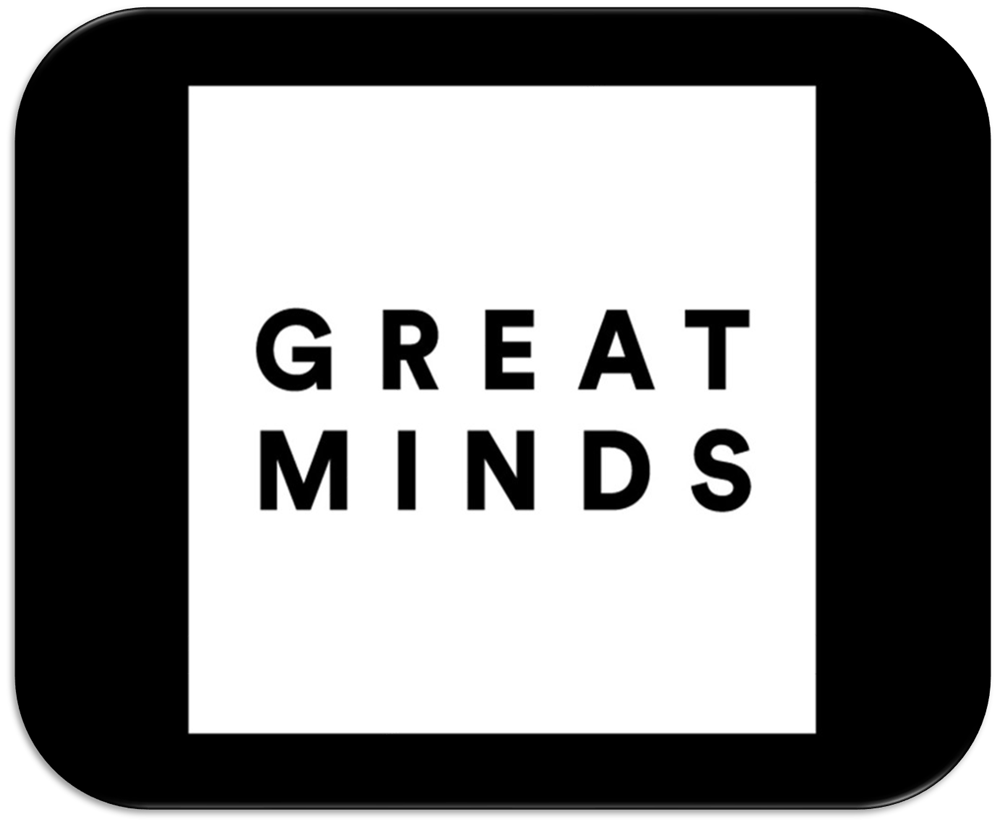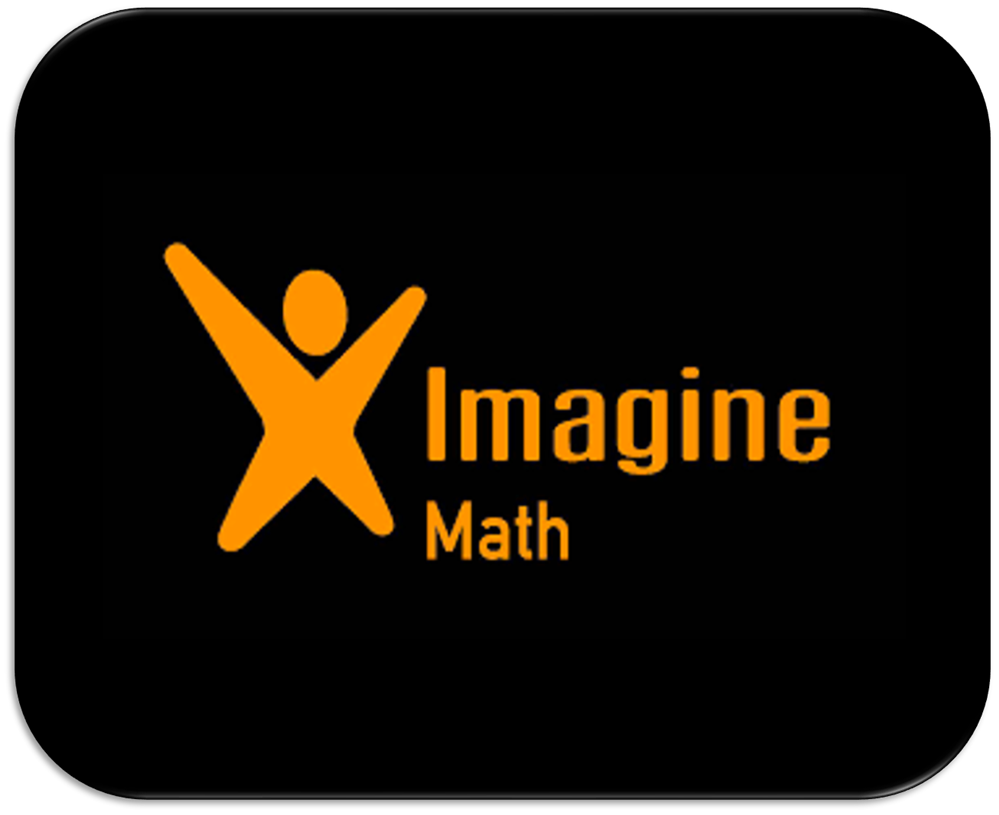- School District of Beloit
- Kindergarten - Math
Kindergarten - Math
-
The School District of Beloit selected a high-quality math curriculum aligned to WI state standards that incorporates research-based instructional strategies to support all students in their mathematical learning. The goal of the math program is to prepare our students for their future, which could be very different from the world we live in today. As a result, we make an effort to establish a solid foundation in problem solving, conceptual comprehension, procedural fluency, and applying math to real-world situations. At all grade-levels, lessons build on a student’s prior math knowledge to help prepare them for future math learning.
Kindergarten Math Units
-
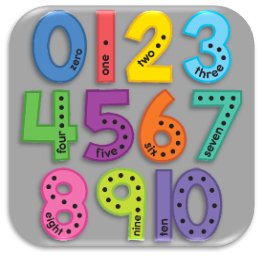
Unit 1 - Counting and Cardinality
Students participate in counting experiences that integrate the four parts of the number core: number sequence, cardinality, one-to-one correspondence, and written number symbols. Students connect by sorting a group into parts and decomposing numbers.
-
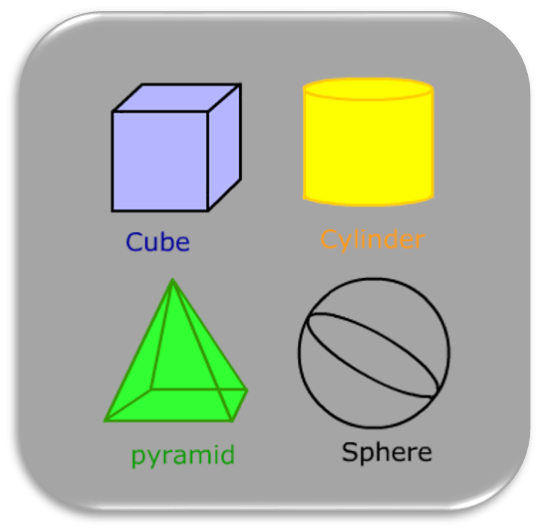
Unit 2 - Two- and Three-Dimensional Shapes
Students analyze and describe two- and three-dimensional shapes by considering their attributes. This allows students to identify shapes in the world and create their own examples through building and drawing.
-
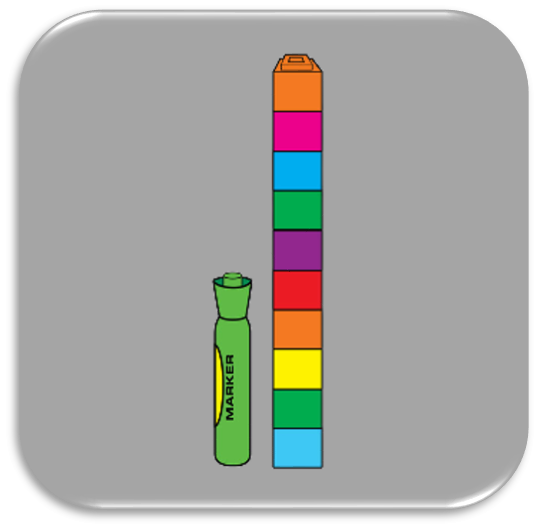
Unit 3 - Comparison
Students describe and compare measurable attributes. Using direct comparison, students compare the length and weight of objects. They develop a toolbox of strategies to compare sets and numbers within 10.
-
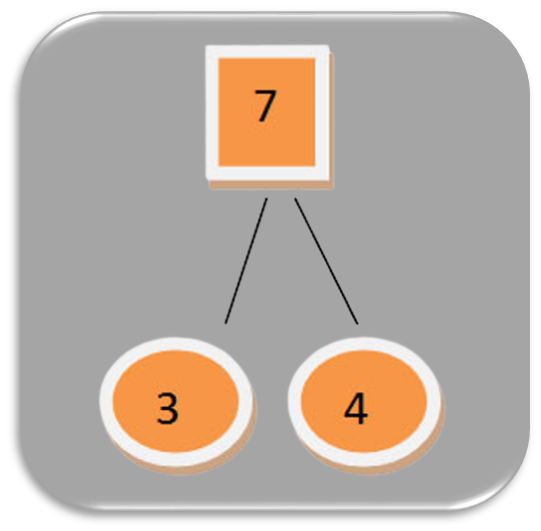
Unit 4 - Composition and Decomposition
Students explore part-total relationships as they compose and decompose shapes and numbers in more than one way. They represent the quantities and relationships in story problems with objects, fingers, drawings, and number bonds.
-
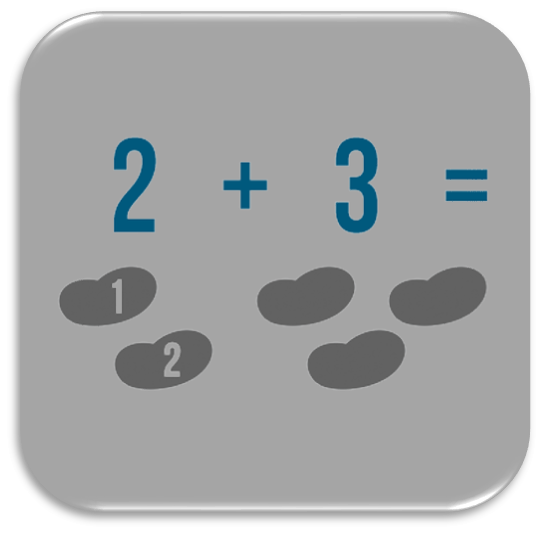
Unit 5 - Addition and Subtraction
Students develop a conceptual understanding of addition and subtraction. They represent situations with number sentences and model story problems in various ways.
-
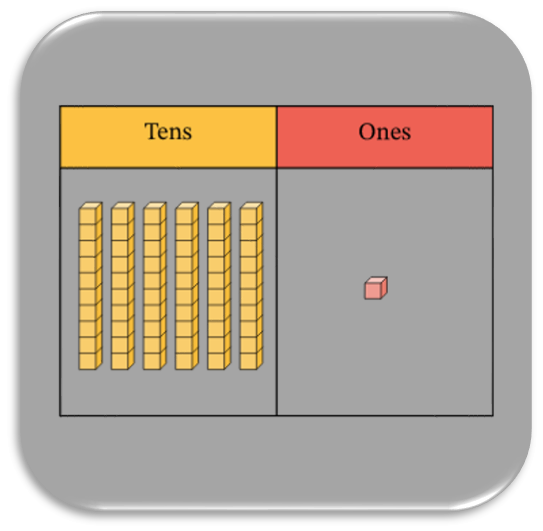
Unit 6 - Place Value Foundations
Students compose and decompose numbers 11 to 20 as 10 ones and some more ones in various contexts. As they count to 100 by tens and ones, students explore patterns in the number sequence. This prepares them for continued work with the base ten number system.
By the end of Kindergarten, students will...
-
- know number names and the count sequence through at least 20.
- count to tell the number of objects.
- compare numbers within 20 to know which is greater and which is less.
- write numbers from 0 to 20.
- represent a number of objects with a written numeral 0-20 (with 0 representing a count of no objects).
- understand addition as putting together and adding to, and understand subtraction as taking apart and taking from.
- identify, describe, and compare attributes of simple shapes.
- classify objects and count the number of objects in categories.
- write an equation (number sentence) to match a given teen number from 11 to 19, using tens and ones.
- analyze, create, compose and decompose shapes.
- identify whether the number of objects (up to 10) in one group is greater than, less than, or equal to the number of objects in another group, e.g., by using matching and counting strategies.

